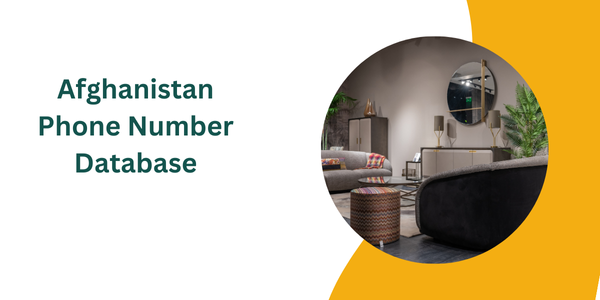|
|
本帖最後由 rajiya 於 2024-12-9 14:24 編輯
through mobile networks, which have become the primary means for most Afghans to connect to the internet. Internet Access in Urban vs. Rural Areas: In Afghanistan, urban areas like Kabul, Herat, and Mazar-i-Sharif generally have better internet access, with more reliable networks and higher speeds. However, rural areas face significant challenges, including limited infrastructure, poor network coverage, and low literacy rates, which hinder internet penetration. Despite these barriers, mobile phones have become a lifeline for internet access in rural parts of the country.
Role of Mobile Networks: Afghanistan's internet infrastructure is largely reliant on mobile telecommunications networks. According to reports, around 90% of internet users in Afghanistan access the web via mobile devices, often through 3G or 4G afghanistan phone number database services. While internet connectivity in Afghanistan is still limited compared to global standards, the widespread use of mobile phones has played a crucial role in expanding access to the internet, making it more accessible even in remote areas. The Role of Phone Numbers in Internet Access Phone numbers in Afghanistan are deeply intertwined with internet access, serving as both identifiers and gateways to the digital world.

Here are several ways phone numbers correlate with internet access in the country: Mobile Internet Connectivity: Mobile networks in Afghanistan have been at the forefront of providing internet access to the population. Since many people in Afghanistan USA Phone number Database do not have fixed-line internet access due to infrastructural limitations, mobile phones have become the primary means of accessing the internet. The availability of phone numbers and mobile network services is thus directly correlated with the ability to connect to the internet. SIM Card Registration and Access: To use mobile internet, individuals must first obtain a SIM card, which is tied to their phone number.
|
|